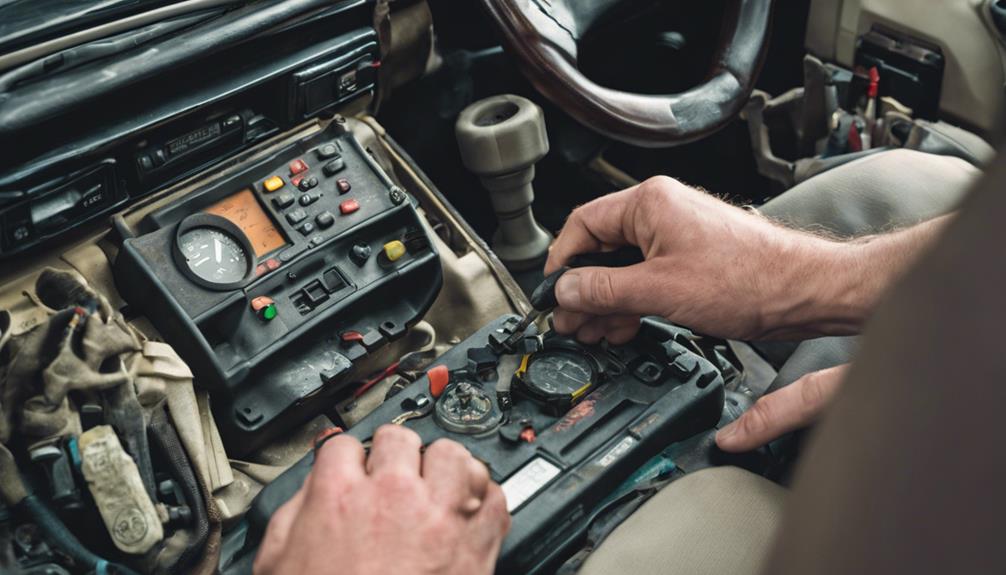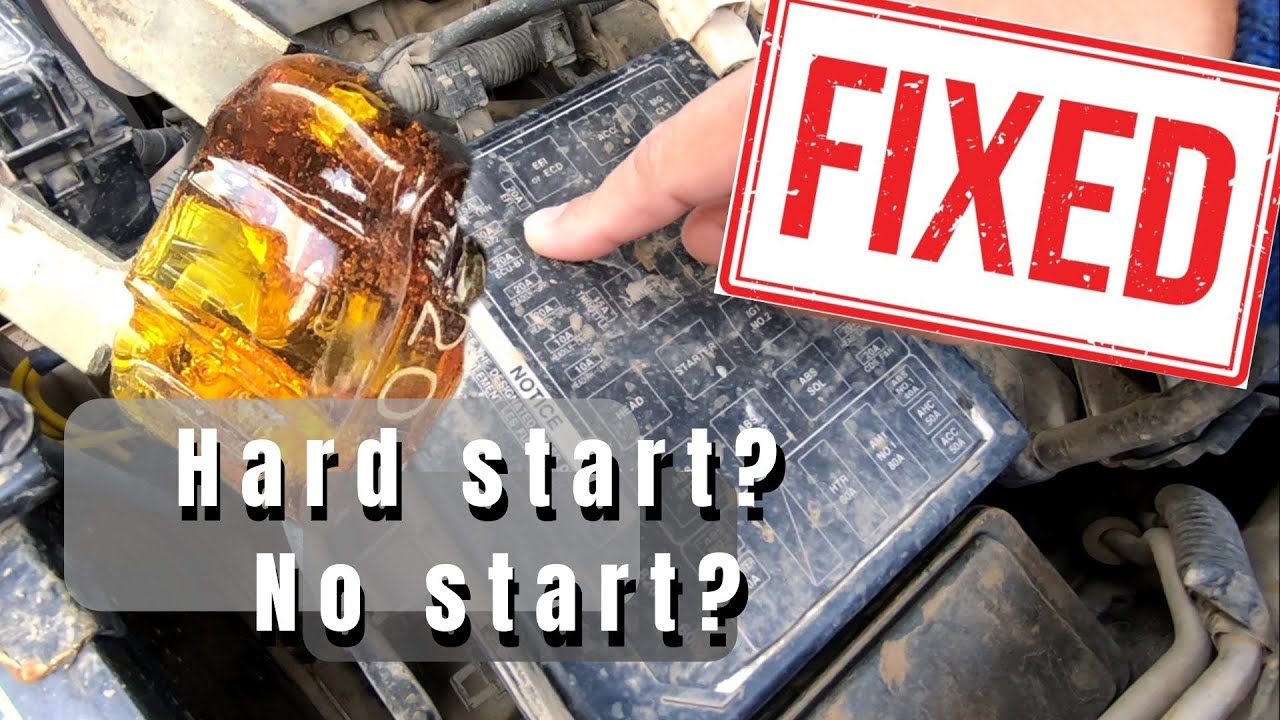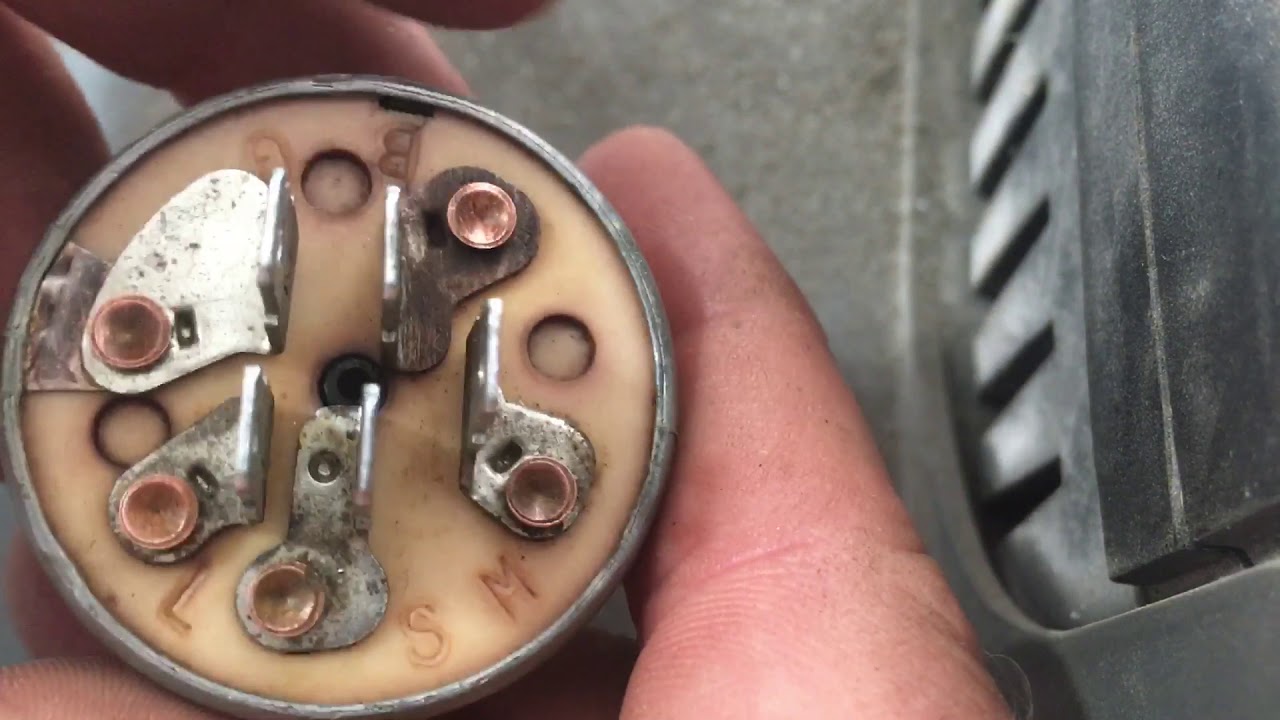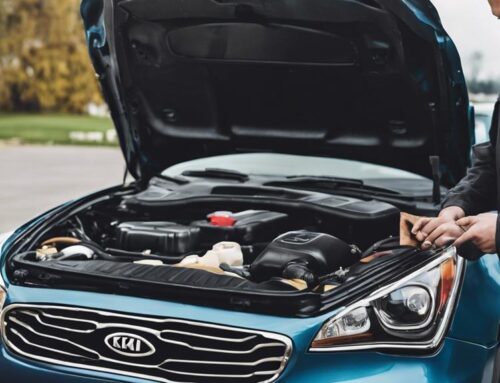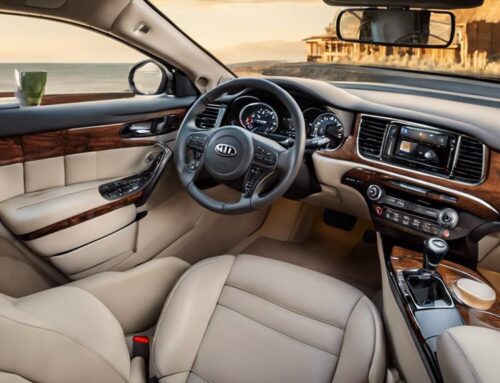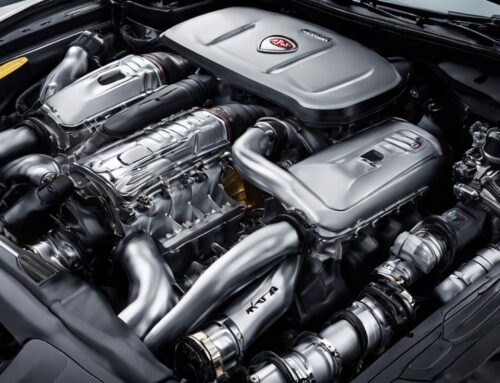Fixing the ignition on your Toyota Land Cruiser starts with diagnosing the problem, which might include issues like a key that won't turn. Check the battery and key for wear or damage, and make sure the battery connections are clean and tight. Inspect the ignition switch for any signs of wear or faulty wiring, and clean the ignition cylinder with compressed air and lubricant. If needed, replace the ignition lock cylinder and reassemble dashboard components. Testing the ignition system and consulting the user manual are essential. Seeking professional help can also be beneficial if you're unsure about any step. Continue for more detailed steps and tips.
Key Takeaways
- Inspect and clean battery terminals to ensure proper electrical connection.
- Check and replace the ignition switch if found defective using a multimeter.
- Lubricate the ignition cylinder with WD-40 to facilitate smooth key operation.
- Test and replace the key battery if the key is not functioning properly.
- Ensure all wiring connections are secure and free from damage or corrosion.
Diagnose the Ignition Problem
To diagnose the ignition problem in your Toyota Land Cruiser, start by checking for symptoms like the key not turning, key spinning freely, or the car being stuck in the on position. These signs often point to underlying issues that you can address with a systematic approach.
First, look for common problems such as a broken cam shaft behind the ignition cylinder, which can cause these malfunctions. Understanding the exact issue is vital for taking the right steps to fix it. Grab your diagnostic tools or systematically troubleshoot step by step to pinpoint the problem. This way, you maintain control of the situation and avoid unnecessary complications.
Pay close attention to the alignment and positioning of components. Proper alignment is essential for a successful ignition repair. Misaligned parts can lead to further issues down the road, causing more frustration and expense.
For more detailed guidance, don't hesitate to seek professional advice or consult repair manuals specific to your Toyota Land Cruiser. These resources will provide you with the detailed steps needed to diagnose and fix the ignition problem effectively. Staying informed and precise in your approach ensures you'll handle the repair with confidence.
Check the Battery and Key
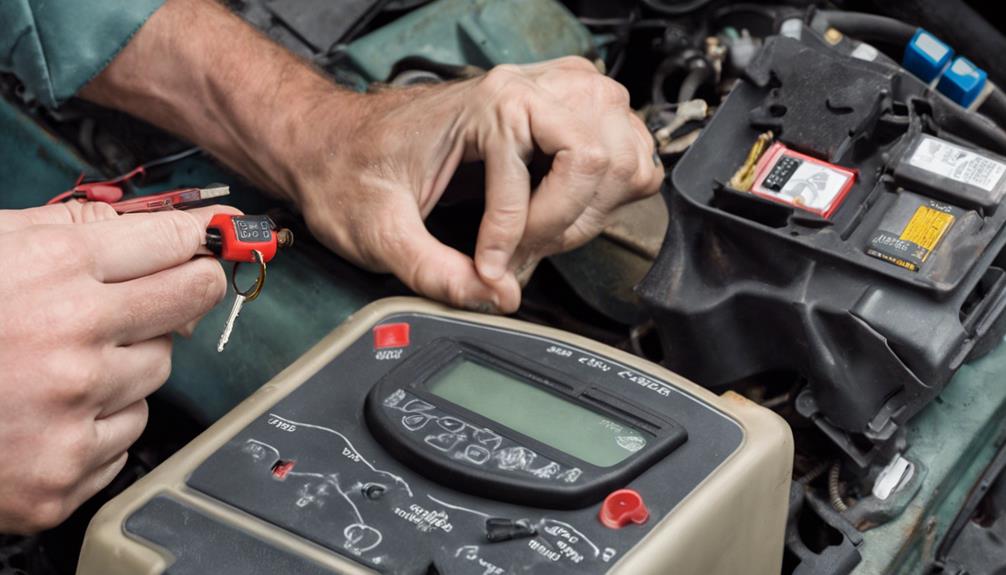
First, check the battery connections to make sure they're clean and secure. Next, test the key's functionality to see if it's damaged or worn out. If the battery and key seem fine, try using the spare key to rule out any key-related issues.
Inspect Battery Connections
Start by examining the battery connections for any signs of corrosion or loose terminals that might disrupt the electrical flow to the ignition system. Corrosion can create resistance, impeding the current needed to start your Toyota Land Cruiser. If you notice any buildup, clean the terminals with a wire brush and a mixture of baking soda and water. Make certain the connections are snug and secure, as loose terminals can lead to intermittent starting issues.
Next, use a multimeter to check the battery voltage. A healthy battery should read around 12.6 volts when the engine is off. If your battery's voltage is notably lower, it might not provide enough power to the ignition system. In such cases, you may need to recharge or replace the battery.
Additionally, inspect your key for any signs of damage or wear. While this primarily pertains to the key itself, ensuring the physical condition of the key can help rule out further issues. Clean both the key and ignition cylinder with compressed air or a mild solvent to remove any debris that could interfere with smooth operation. By focusing on these steps, you'll have greater control over diagnosing and fixing your ignition problems.
Test Key Functionality
Verify the key fob's battery to make sure it's providing adequate power for the remote functions. A weak battery can cause the key fob to malfunction, leading to ignition issues. Use a multimeter to check the battery voltage and make sure it's within the recommended range. If the battery is low, replace it and test the remote functions again.
Next, inspect the key for any physical damage or wear. A damaged key can prevent it from turning in the ignition or being recognized by the vehicle's immobilizer system. Look for cracks, bends, or worn-out buttons that could hinder its performance. If you notice any issues, consider getting a new key or having it repaired by a professional.
To make sure the key fob is working correctly, follow these steps:
- Replace the Battery: Swap out the old battery with a new one.
- Test Remote Functions: Check if the doors lock and secure using the remote.
- Verify Key Programming: Make sure the key chip is programmed and recognized by the vehicle.
If problems persist, consult the vehicle manual or a professional locksmith for reprogramming or replacement. Taking these steps will help you regain control over your Toyota Land Cruiser's ignition system.
Inspect the Ignition Switch
Check the ignition switch for any signs of wear, damage, or malfunction that could be affecting your Toyota Land Cruiser's ignition system. You want to guarantee every part is in top condition to maintain control over your vehicle. Start by visually inspecting the ignition switch. Look for any cracks, worn-out parts, or anything that seems out of the ordinary.
Next, examine the connections. Loose or faulty wiring can disrupt the entire ignition process. Assure all connections are tight and free from corrosion. If you find any damaged wires, they need to be replaced immediately.
Using a multimeter is a great way to test the ignition switch for proper functionality. Set the multimeter to the appropriate setting and check the switch's continuity. If the readings are inconsistent or show no continuity, the switch may need replacing.
Don't forget to check for any recalls or technical service bulletins related to the ignition switch for your specific model year. Manufacturers sometimes release updates or repairs for known issues.
If you're unsure about any step, seek professional help. It's better to get expert advice than to risk incorrect repairs. Taking control of your vehicle's ignition system guarantees it runs smoothly and reliably.
Clean the Ignition Cylinder
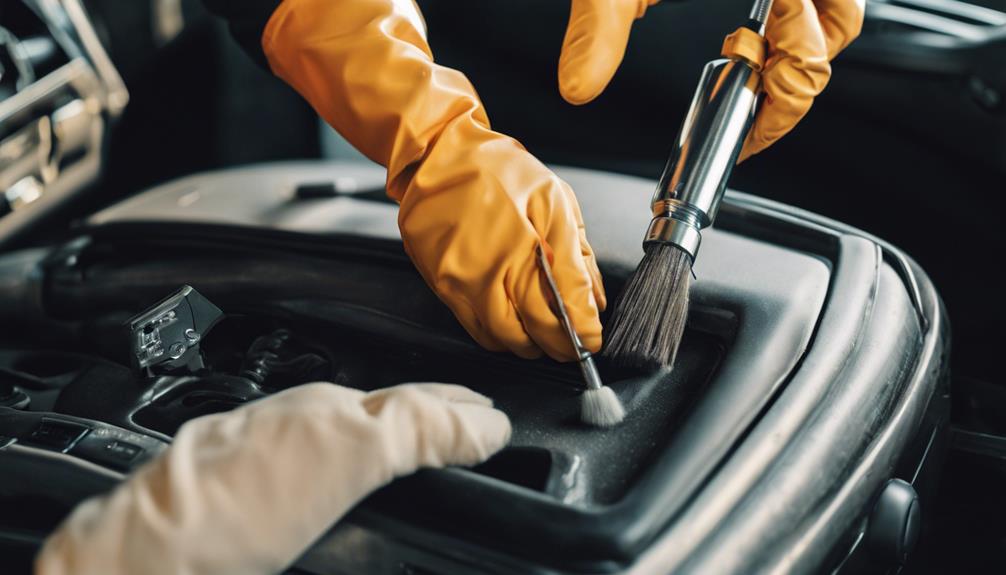
To start, use a small amount of WD-40 to clean and lubricate the ignition cylinder. Insert and remove the key gently to spread the lubricant evenly, which helps remove dust and debris. This regular maintenance can improve key insertion and keep the ignition working smoothly.
Removing Dust and Debris
When dust and debris accumulate in the ignition cylinder, it can cause the key to stick and hinder its smooth operation. To keep your Toyota Land Cruiser's ignition working flawlessly, you'll need to clean the ignition cylinder regularly. Here's how you can do it:
- Use Compressed Air: Grab a can of compressed air and direct the nozzle into the ignition cylinder. This will blast away any loose dust and debris that might be causing issues. Make sure you give it a few short bursts to guarantee thorough cleaning.
- Employ a Small Brush: If there's stubborn dirt that air can't budge, use a small, soft-bristled brush. Gently insert the brush into the cylinder and move it around to dislodge any trapped particles. Be careful not to push debris further inside.
- Inspect and Repeat: After using the compressed air and brush, inspect the cylinder to see if it's clean. If necessary, repeat the process until you're satisfied that all dust and debris are removed.
Lubricating the Cylinder
You should lubricate the ignition cylinder regularly to maintain your Toyota Land Cruiser's key turning smoothly. This simple maintenance task can make a significant difference in the long-term performance of your vehicle's ignition system. By using WD-40, you can easily free up any debris causing the key to stick and guarantee a smoother operation.
Start by inserting the straw attachment into the WD-40 nozzle for precision. Spray a small amount directly into the ignition cylinder. Be careful not to overdo it; a light spray is often sufficient. After applying the lubricant, insert and turn the key several times to distribute it evenly. This will help ease the key turning process and prevent wear and tear on the ignition components.
Lubricating the cylinder not only addresses immediate sticking issues but also extends the lifespan of the ignition system. Regular maintenance with lubrication is a quick, cost-effective solution to keep your Land Cruiser running efficiently. Proper lubrication is essential for preventing ignition problems and ensuring your key operates smoothly every time you start your vehicle. Take control of your Land Cruiser's performance by keeping your ignition cylinder well-lubricated.
Replace the Ignition Lock Cylinder
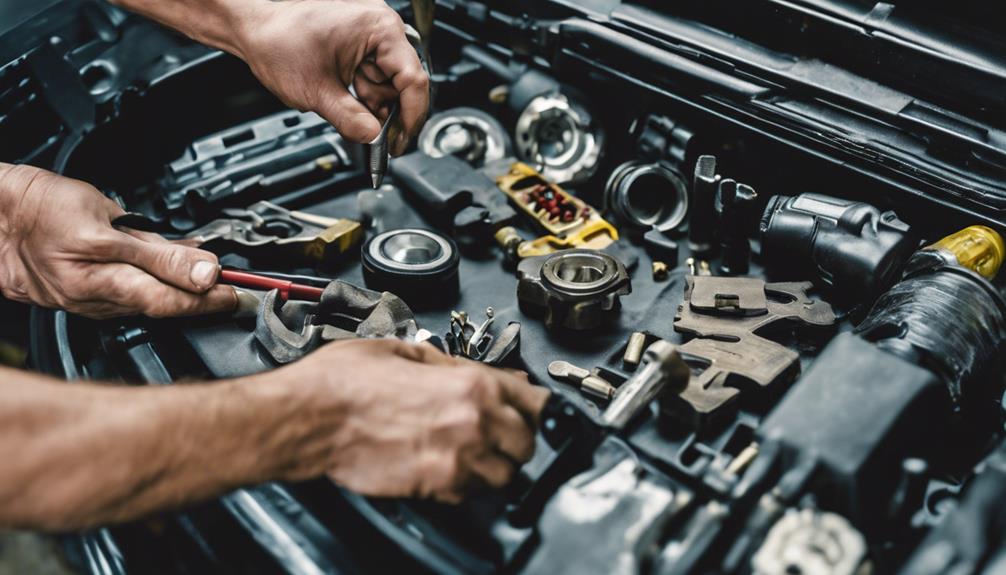
Start by gathering the necessary tools, including a small punch, 10mm socket, and Phillips screwdriver, to replace the ignition lock cylinder in your Toyota Land Cruiser. You'll want to have everything ready before diving in. First, make sure your key is in the ACC position, as this is essential for removing the lock cylinder. If your key is hard to turn or remove, this might be the perfect time to replace it.
Here's a simple step-by-step guide:
- Remove the Steering Column Covers: Unscrew the Phillips screws from the steering column covers and gently pull them apart.
- Locate and Remove the Lock Cylinder: Insert the small punch into the hole and press to release the lock cylinder. Carefully pull it out while keeping the key in the ACC position.
- Install the New Lock Cylinder: Slide in the new cylinder, ensuring it's aligned correctly. Test it by turning the key to make sure it operates smoothly.
If the tumblers and key are worn, replacing them can restore proper function. A bit of WD-40 can also help make sure smooth operation. Taking control of this process will keep your Land Cruiser's ignition reliable and responsive.
Examine the Camshaft Alignment

Proper camshaft alignment is essential to ensuring your Toyota Land Cruiser's ignition system functions smoothly. When the notch on the camshaft aligns correctly with the hole, it prevents steering lock issues and guarantees a smooth operation. Start by locating the camshaft and carefully examine its position. If the alignment is off, you'll face difficulties turning the key and starting your vehicle.
To achieve proper alignment, rotate the camshaft until the notch perfectly matches the corresponding hole. This step is important to avoid potential damage to the ignition components. Remember, precision here will save you from future headaches. Incorrect alignment can lead to unnecessary wear and tear on the ignition system, so take your time to get it right.
Double-checking your work is crucial. Before moving on, make sure the camshaft notch is in perfect alignment. This final verification step is essential to avoid any complications once you start reassembling the ignition system. By taking control of this process, you'll ensure your Land Cruiser runs efficiently and reliably. With the camshaft properly aligned, you're set for a hassle-free ignition experience. Now, you're well-prepared to move forward with confidence.
Reassemble Dashboard Components
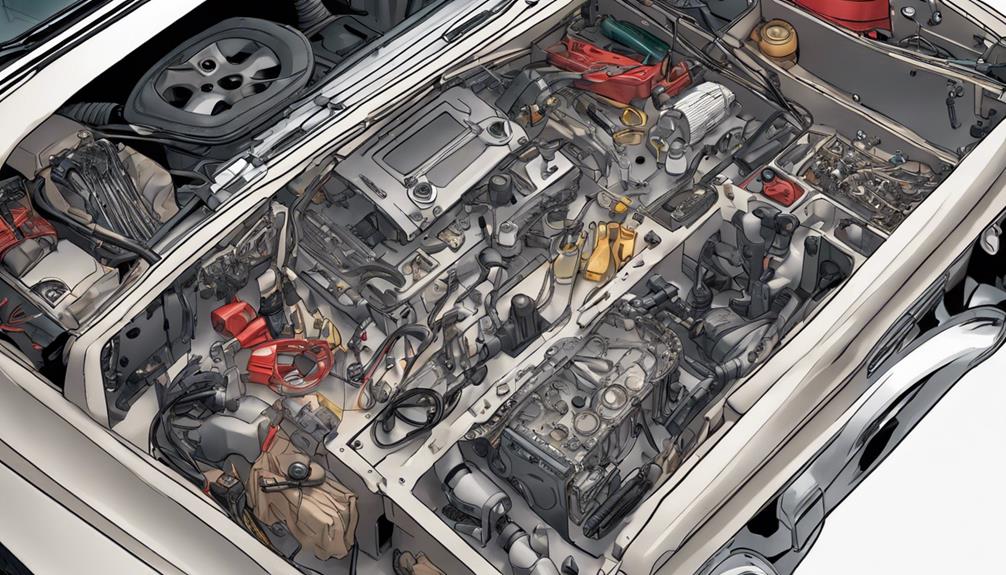
When reassembling the dashboard components of your Toyota Land Cruiser, make sure each part is placed correctly and all electrical connections are secure. Tighten screws and latches to prevent any loose components from causing issues later. Carefully fasten the black cover above the steering wheel and reattach the bottom half of the dashboard after disconnecting console controls and plugs.
Proper Component Placement
Carefully align each dashboard component to make sure everything fits perfectly and functions correctly. This step is vital to avoid issues like steering lock problems and malfunctioning controls. When you reassemble your Toyota Land Cruiser's dashboard, focus on the correct alignment of the ignition cylinder, cam shaft, and various plastic pieces. Here's how you can master proper component placement:
- Ignition Cylinder: Place the ignition cylinder in its housing, ensuring it slides in smoothly without forcing it. Misalignment here can lead to starting issues and potential damage.
- Cam Shaft: Align the cam shaft accurately with the ignition cylinder. Any deviation can disrupt the ignition process, causing the vehicle to fail to start or the steering wheel to lock.
- Plastic Pieces: These are not just decorative; they support and protect internal components. Fit each piece securely to avoid rattles and ensure the dashboard's integrity.
Double-check every alignment and test the functionality of the ignition system before you finalize the repair. This meticulous approach ensures a reliable ignition system and smooth operation. By taking control of this process, you'll have the confidence that your Toyota Land Cruiser is in top shape.
Electrical Connections Check
Ensuring all electrical connections are secure and correctly reconnected is essential for the proper functioning of your Toyota Land Cruiser's dashboard components. When reassembling, start by reconnecting all the electrical plugs and controls. Make sure each connection clicks into place, indicating an secure fit. This step is critical; loose connections can lead to electrical issues or malfunctioning components.
Next, carefully place the metal plates and plastic covers back into their respective positions. As you do this, double-check that all the connections remain tight and secure. It's important to proceed systematically, ensuring that no wires are pinched or improperly routed, which could cause problems down the line.
After reassembling the main components, take a moment to verify all connections again. A quick double-check can save you from potential headaches later. If everything looks good, you can move on, confident that your dashboard components will function correctly.
Secure Fastening Techniques
Now that all electrical connections are secure, focus on reassembling the dashboard components with proper fastening techniques to guarantee stability and alignment. Ensuring a tight and stable fit will prevent rattling or misalignment during operation. Here's a systematic approach to help you achieve a solid reassembly:
- Use Correct Screws and Bolts: Gather all the original screws and bolts you removed earlier. Using the appropriate fasteners is essential for a tight fit. Avoid substituting with mismatched screws, as they might not hold the components securely.
- Double-Check Alignment: Before tightening each screw, double-check the alignment of plastic covers and metal plates. Misaligned parts can lead to structural integrity issues and an uneven dashboard appearance. Adjust as necessary to maintain a seamless fit.
- Reconnect Plugs and Connections: As you reassemble, ensure all electrical plugs and connections are properly reconnected. This step is critical to avoid any electrical issues post-reassembly. Confirm that each connection clicks into place securely.
Test the Ignition System
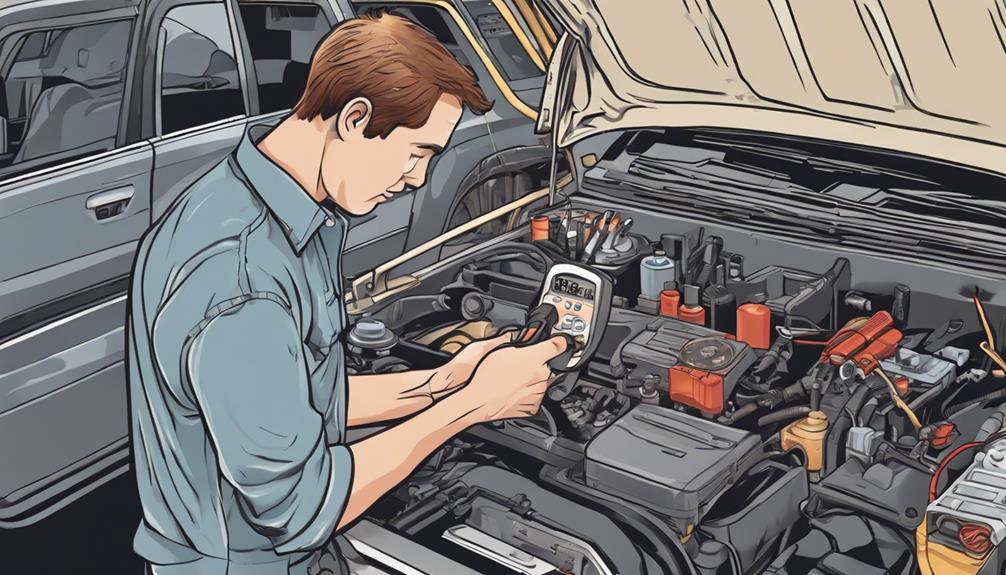
To effectively troubleshoot your Toyota Land Cruiser's ignition system, start by identifying common issues such as the key not turning or spinning freely. These problems could indicate a broken cam shaft or a faulty ignition cylinder behind the steering lock.
First, check for signs of a broken cam shaft. This component must align properly with the notch to avoid steering lock problems. Here's a quick reference table to guide you:
| Issue | Symptom | Solution |
|---|---|---|
| Key not turning | Ignition won't start | Check cam shaft and notch alignment |
| Key spinning freely | No ignition engagement | Inspect and replace faulty ignition cylinder |
| Car stuck in on position | Engine won't turn off | Verify reassembly and alignment of components |
After addressing these potential issues, make sure all components are reassembled correctly. Misaligned parts can lead to further complications. Double-check your work to prevent recurring problems.
Consult the User Manual
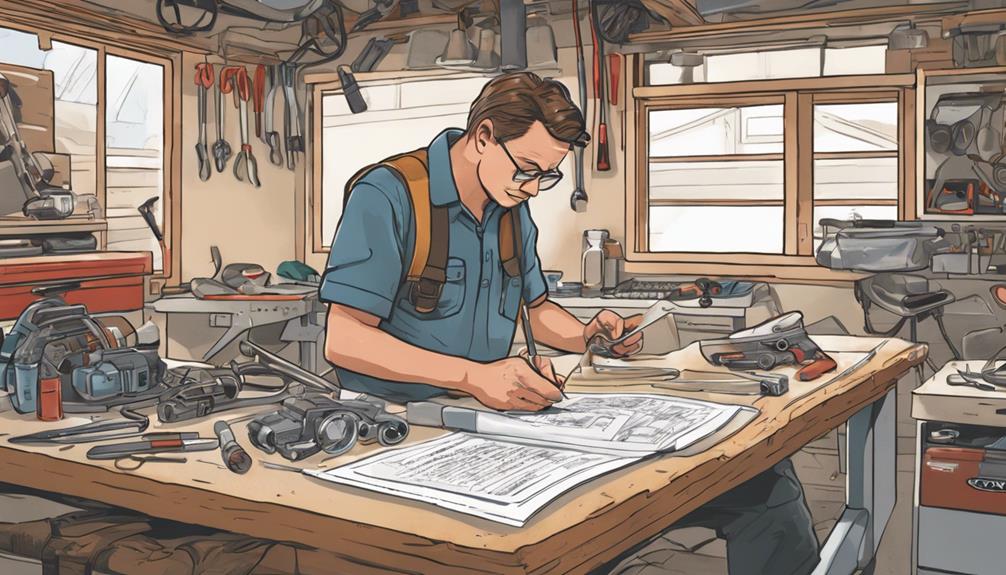
For a comprehensive understanding of troubleshooting your Land Cruiser's ignition issues, refer to the user manual for detailed instructions and diagrams. This manual is your go-to resource for addressing common ignition problems and ensuring you perform repairs correctly. By following its guidelines, you'll prevent further damage and maintain control over the repair process.
Start by identifying the specific issue you're facing. The manual includes detailed diagrams and step-by-step guides that make it easy to pinpoint the problem. Here's how to use the manual effectively:
- Key Removal: Find the section on key removal to understand the exact procedure. This guarantees you don't damage the ignition cylinder.
- Ignition Cylinder Replacement: Refer to the step-by-step instructions for replacing the ignition cylinder. The diagrams will help you visualize each component and the correct way to handle them.
- Component Identification: Use the manual to identify various parts of the ignition system. Knowing each component is essential for accurate troubleshooting.
Seek Professional Help
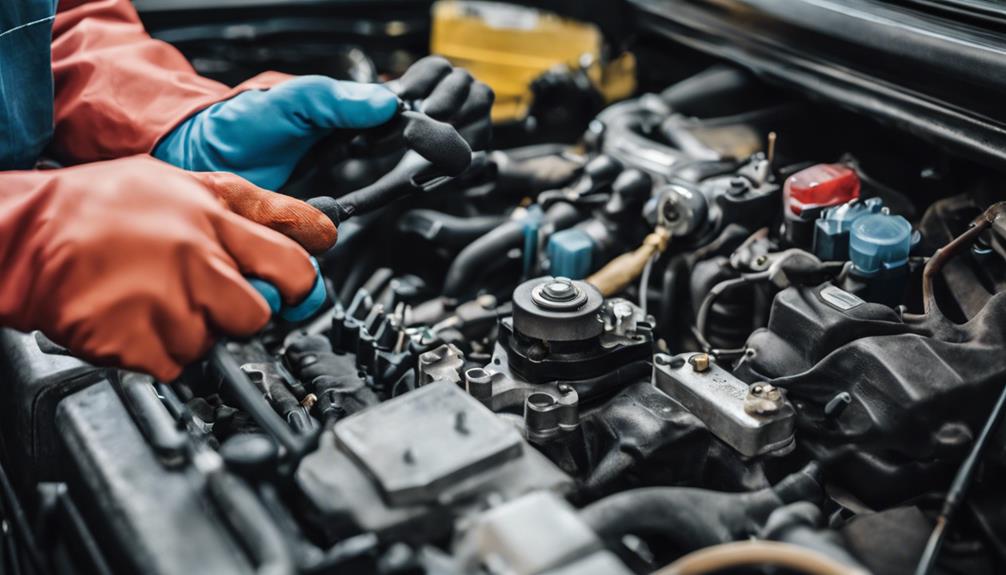
Seeking professional help can save you time and guarantee that your Toyota Land Cruiser's ignition issues are resolved correctly. When dealing with such complex problems, turning to experts is your best bet. JustAnswer provides access to a team of ASE-certified technicians who specialize in Toyota Land Cruiser ignition systems. These professionals possess the specialized knowledge and experience necessary to diagnose and repair your vehicle accurately.
By seeking professional assistance, you make sure that critical components of your ignition system are properly aligned and functioning. This precision prevents further complications down the road. The ASE-certified technicians on JustAnswer offer efficient and effective solutions, ensuring that your vehicle gets back to peak performance quickly.
Attempting a DIY fix might seem appealing, but it often leads to more problems if you're not entirely sure what you're doing. Professionals can provide a thorough and effective resolution, addressing the root cause of the issue rather than just the symptoms. This approach not only saves you from potential headaches but also ensures the longevity and reliability of your Toyota Land Cruiser.
Take control of your vehicle maintenance by opting for expert help. It's a decision that guarantees peace of mind and excellent performance.
Frequently Asked Questions
How Can Extreme Weather Affect My Land Cruiser's Ignition System?
Extreme weather can mess with your Land Cruiser's ignition system. In cold weather, thickening oil and reduced battery efficiency make it hard to start. Freezing temperatures can freeze moisture, leading to issues. In hot climates, high temperatures cause vapor lock, affecting fuel delivery and ignition timing. Spark plugs might misfire, resulting in poor engine starts. Stay in control by performing regular maintenance and checks to prevent these problems.
What Tools Are Essential for DIY Ignition System Repairs?
For DIY ignition system repairs, you'll need a small punch, 10mm socket, and Phillips screwdriver. These tools are vital for removing the plastic cover, metal plate, and black ring around the ignition cylinder. Having the appropriate tools guarantees a smooth repair process, allowing you to access and replace components accurately. Investing in quality tools not only saves time but also prevents damage, giving you more control over your Land Cruiser's maintenance.
Are There Specific Land Cruiser Models More Prone to Ignition Issues?
Yes, the 1998-2007 100 Series Land Cruiser and LX470 models are more prone to ignition issues, particularly with the ignition shaft behind the lock cylinder breaking. If you own one of these models, you should be prepared to address this problem. You'll need parts like the Bracket Assy, Steer, and Bolts for repair. The process involves removing plastic covers, metal plates, black rings, and key cylinders, and it takes less than an hour.
Can Aftermarket Parts Void My Land Cruiser's Warranty?
Coincidentally, you might be considering aftermarket parts for your Land Cruiser. Be cautious, though—using them can void your warranty if they cause issues. Toyota's policies usually require OEM parts to maintain coverage. You should thoroughly consult your warranty documentation or dealership before making any modifications. It's important to verify you retain control over your vehicle's warranty and avoid any potential pitfalls.
How Often Should the Ignition System Be Serviced for Optimal Performance?
You should service the ignition system in your Toyota Land Cruiser every 30,000 to 60,000 miles for best performance. Regular maintenance is essential to prevent starting issues and guarantee efficient fuel combustion. By routinely checking spark plugs, ignition coils, and ignition timing, you'll avoid poor fuel economy, engine misfires, and difficulty starting. Taking control of your vehicle's maintenance enhances its performance, reliability, and longevity. Don't wait; keep it in top shape!

